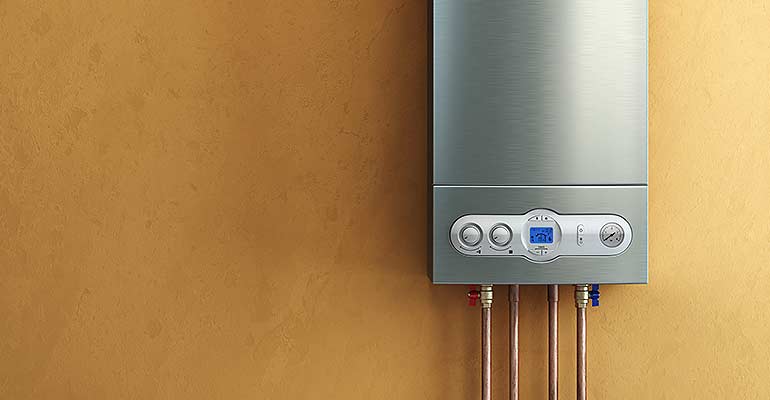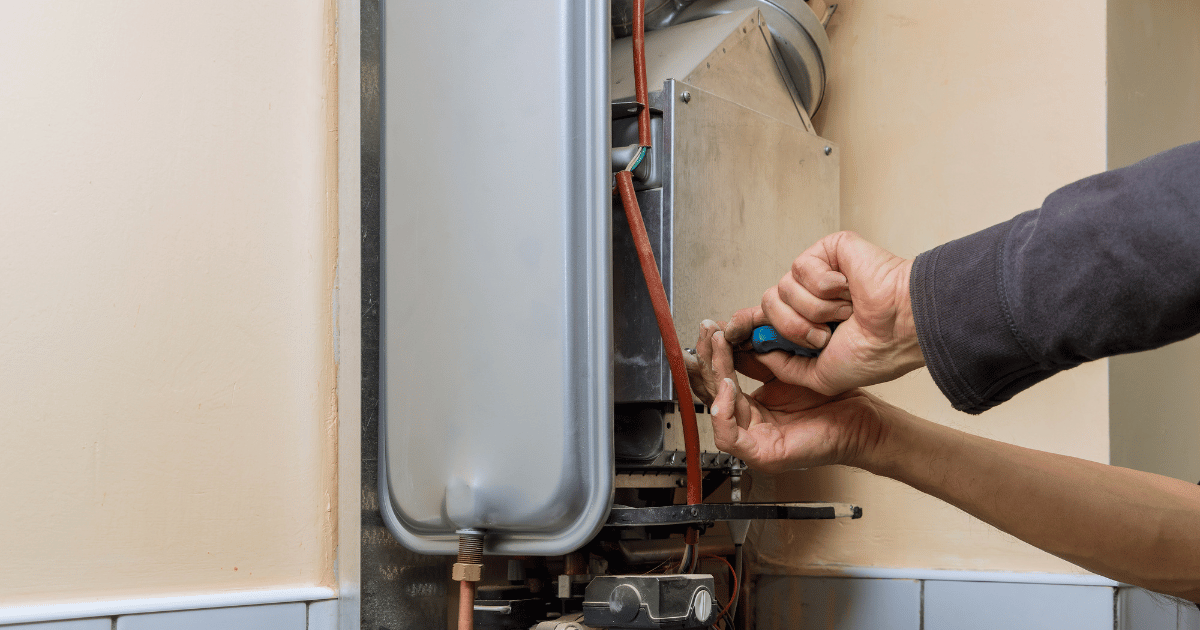Maintaining Your Home's Hot Water System: Important Guidelines
Maintaining Your Home's Hot Water System: Important Guidelines
Blog Article
Here in the next paragraphs you will discover lots of great expertise pertaining to Water Heater Maintenance Tips You Can't Afford to Forget.

Warm water is vital for everyday convenience, whether it's for a revitalizing shower or cleaning meals. To ensure your hot water system runs efficiently and lasts much longer, routine maintenance is essential. This article gives sensible ideas and insights on how to keep your home's warm water system to prevent disruptions and pricey fixings.
Intro
Maintaining your home's hot water system could appear challenging, but with a couple of basic steps, you can guarantee it runs smoothly for years ahead. This guide covers everything from recognizing your hot water system to do it yourself upkeep suggestions and understanding when to contact expert help.
Importance of Preserving Your Hot Water System
Regular maintenance not just expands the life expectancy of your hot water system yet likewise guarantees it runs efficiently. Overlooking maintenance can bring about lowered effectiveness, higher power expenses, and also early failure of the system.
Signs Your Warm Water System Needs Upkeep
Knowing when your warm water system needs focus can avoid significant issues. Keep an eye out for indications such as inconsistent water temperature, odd noises from the heating unit, or rusty water.
Recognizing Your Hot Water System
Prior to diving into maintenance jobs, it's useful to comprehend the basic parts of your warm water system. Normally, this includes the hot water heater itself, pipelines, anode rods, and temperature level controls.
Regular Monthly Upkeep Tasks
Routine regular monthly checks can help capture minor issues before they escalate.
Flushing the Hot Water Heater
Purging your hot water heater gets rid of debris build-up, boosting performance and lengthening its life.
Monitoring and Changing Anode Rods
Anode rods avoid rust inside the tank. Inspecting and replacing them when broken is vital.
Evaluating and Changing Temperature Setups
Readjusting the temperature level setups guarantees optimal performance and safety and security.
Do It Yourself Tips for Maintenance
You can do a number of upkeep tasks on your own to maintain your warm water system in top condition.
Looking for Leakages
On a regular basis evaluate pipes and connections for leakages, as these can bring about water damage and higher expenses.
Checking Pressure Relief Valves
Checking the pressure safety valve ensures it works correctly and prevents extreme stress buildup.
Protecting Pipes
Shielding hot water pipes minimizes warmth loss and can conserve power.
When to Call a Professional
While DIY upkeep is valuable, some issues need specialist proficiency.
Complex Problems Calling For Professional Help
Instances include major leaks, electrical problems, or if your water heater is regularly underperforming.
Routine Expert Maintenance Conveniences
Specialist upkeep can consist of detailed examinations, tune-ups, and making certain conformity with security standards.
Final thought
Normal upkeep of your home's hot water system is important for effectiveness, durability, and expense financial savings. By adhering to these pointers and knowing when to seek professional help, you can guarantee a trustworthy supply of warm water without unanticipated disturbances.
How to Maintain an Instant Hot Water Heater
Before tinkering with your hot water heater, make sure that it’s not powered on. You also have to turn off the main circuit breaker and shut off the main gas line to prevent accidents. Also turn off the water valves connected to your unit to prevent water from flowing into and out of the appliance. 2. When you’re done, you have to detach the purge valves’ caps. These look like the letter “T†and are situated on either side of the water valves. Doing so will release any pressure that has accumulated inside the valves while at the same time avoid hot water from shooting out and burning your skin. 3. When the purge valves’ caps are removed, you have to connect your hosing lines to the valves. Your unit should have come with three hoses but if it didn’t, you can purchase these things from any hardware or home repair shops. You can also get them from retail stores that sell water heating systems. Read the user’s manual and follow it to complete this task properly. When the hosing lines are connected, open the purge port’s valves. 4. You should never use harsh chemical cleaners or solutions when cleaning your unit. Make use of white vinegar instead. It should be undiluted and you’ll probably use about 2 gallons. 5. Now flush your water heater. This task should probably take about 40 minutes. We can’t give you specific directions for this because the procedure is carried out depending on the type, model and brand of your heater. With that being said, refer to the user’s manual. 6. When you’re done draining the unit, you have to turn off the purge port valves again. Remove the hosing lines that you earlier installed on each of the water valves. Put the valve caps (purge port) back in their respective places and be very careful so as not to damage the rubber discs that are found inside these caps. 7. Now that everything’s back in place, check your user’s manual again to find out how to reactivate your water heating system. 8. Once it is working, turn one of your hot water faucets on just to let air pass through the heater’s water supply pipes. Leave the tap on until water flows smoothly out of it. https://www.orrplumbing.com/blog/2014/september/how-to-maintain-an-instant-hot-water-heater/

Do you like more info about How to Maintain Your Water Heater & Prolong its Life? Create a short review down below. We would be pleased to know your feelings about this review. In hopes that you come back again in the future. For those who enjoyed reading our article please don't forget to pass it around. I recognize the value of reading our article about How to Maintain a Hot Water Heater in a Few Simple Steps.
Click Here Report this page